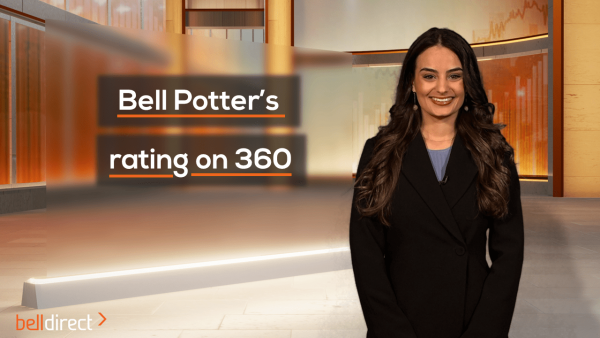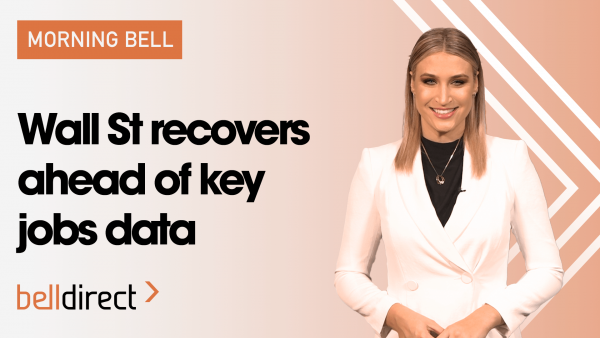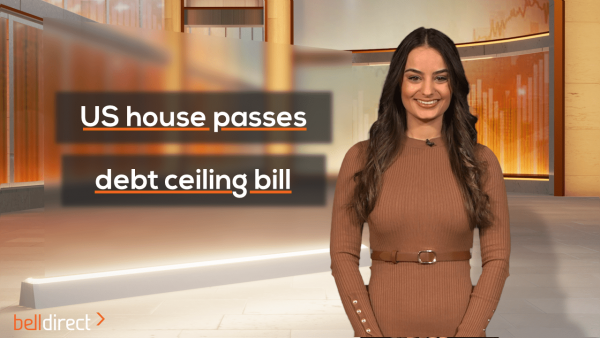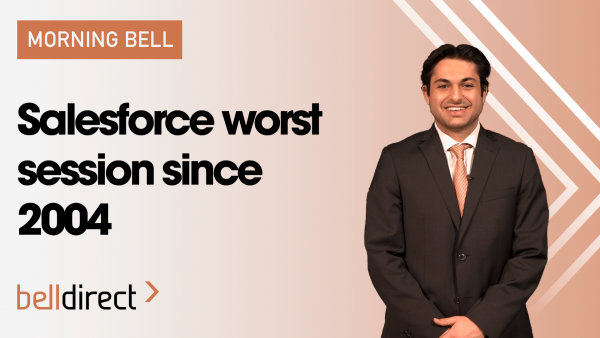30th August 2022
BUB share price plunges despite solid results | Bubs Australia (ASX:BUB)
Infant formula company Bubs Australia (ASX:BUB) has reported record FY22 results today, however investors are selling-off the company’s shares following the release of the results.
For the financial year, Bubs Australia posted record revenue of $89.3 million, up 127% on the prior corresponding period, underlying EBITDA of $4.8 million in profit, which is the company’s first ever profit, and significant group gross margin improvement to 32%.
The strong results were driven by solid growth in China and further distribution under the US government’s Operation Fly Formula which saw Bubs Australia ship over 27.5 million 8-ounce bottle equivalents into the US market to help with the baby formula crisis there.
Bubs also now has a diversified product portfolio covering all three premium infant formula growth segments.
To keep up with surging global demand for its products, Bubs Australia launched and completed a fully-underwritten equity raise of approximately $63 million at $0.52 per share by way of an institutional placement, which was oversubscribed, and an accelerated non-renounceable rights issue.
On the guidance front for the year ahead, Bubs Australia failed to provide any quantitative guidance. Instead, the company said it is focused on margin accretion and earnings growth while maintaining the high growth rate of the business globally.
The results so far have been very strong, so why are investors selling out of Bubs shares today? Diving further into the report, Bubs reported a net loss after tax of $11.4 million. The company also reported its bottom-line was impacted by $8.34 million in share-based payments and $4.25 million in its equity-linked transaction with its strategic trading partner.
Investors may also be selling out of Bubs Australia today as growth in the US market may become challenging as US baby formula producers return to full production, removing the reliance on Bubs products. Management flagged earnings growth for FY23 however without specific guidance ranges and in an era of high interest rates, higher costs come as part of the growth package.

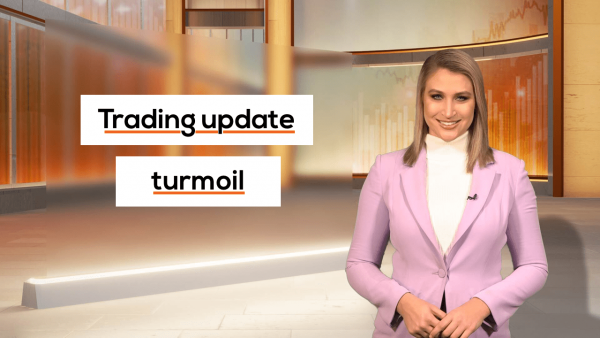
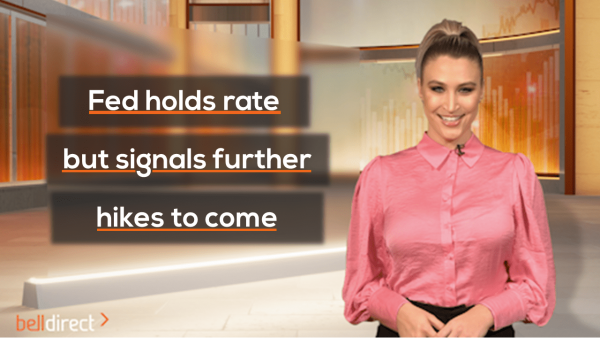



_600_338.png)
